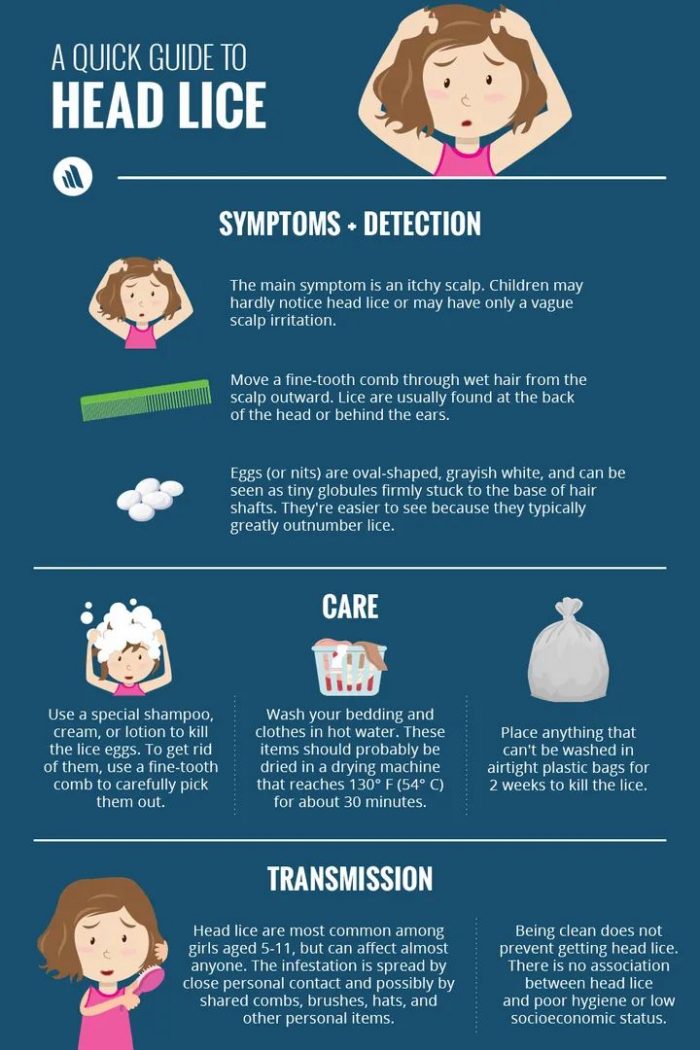
Head lice are everywhere. If you’ve been told that your child has lice, then you probably already know that. But if you’re an adult whose hair has been infested with the tiny insects, then this might be a new experience for you. Either way, head lice can be difficult to deal with—they’re hard to see and even harder to remove. Here’s what happens when you get lice and how to treat them:
Head lice are tiny insects that live on your scalp and feed on human blood. They’re about the size of a sesame seed, but they can be hard to see because they’re so small. When you get head lice, you may notice an itching sensation in your hair or on the back of your neck. You might also feel sore spots where the lice attach themselves to your scalp; these sores will look like dandruff flakes around the base of each hair shaft when viewed under magnification in a mirror or microscope.
Treating a case of head lice can make you feel frustrated and overwhelmed. You may need help from a doctor or pharmacist to get rid of the lice and their eggs, which are called nits. Head lice are small insects that live in human hair. They feed on blood, but they don’t spread disease. Head lice do not jump or fly; they only crawl from one person’s head to another via direct contact with shared items such as combs, brushes or hats (or even hats worn by someone else). You cannot catch them just by being in the same room with someone who has them–you have to come into direct contact with their body fluids (saliva).
You may be able to see lice moving on your child’s head, but it’s not always easy to spot them. Lice can hide inside the hair shafts and are often difficult to spot even when parting the hair in multiple different locations. To make them easier to detect, try parting the hair in multiple different locations and use a fine-toothed comb (like an eyelash brush) to search for movement.
If you want to try a natural treatment, look for an all-natural shampoo or conditioner that contains tea tree oil. This ingredient can be effective at killing off lice and their eggs. If your child does have head lice, make sure they are not sharing any items like hats or combs with other children at school.
